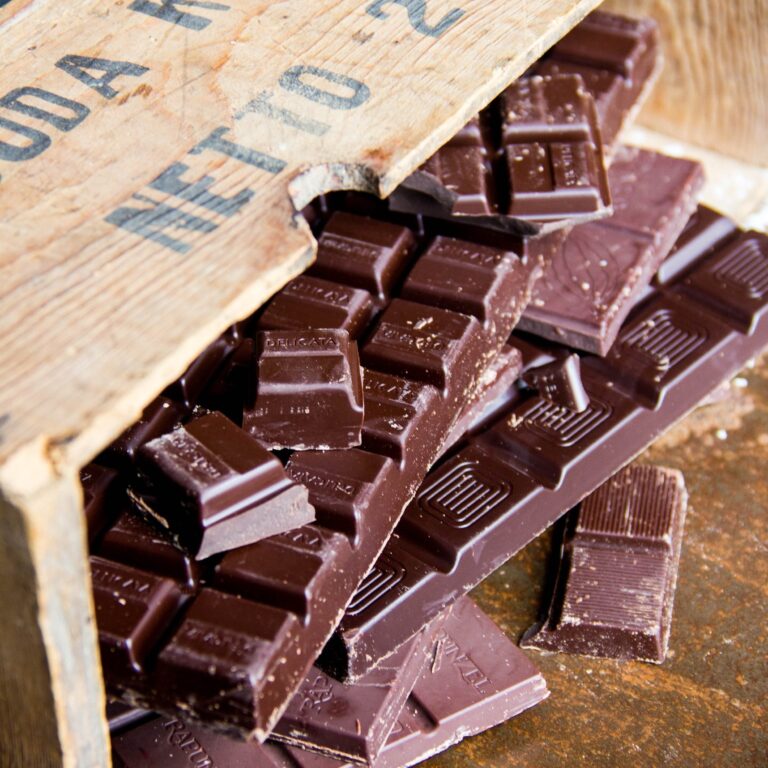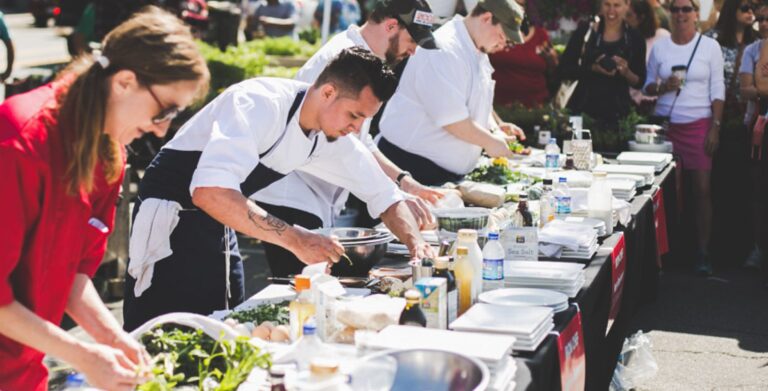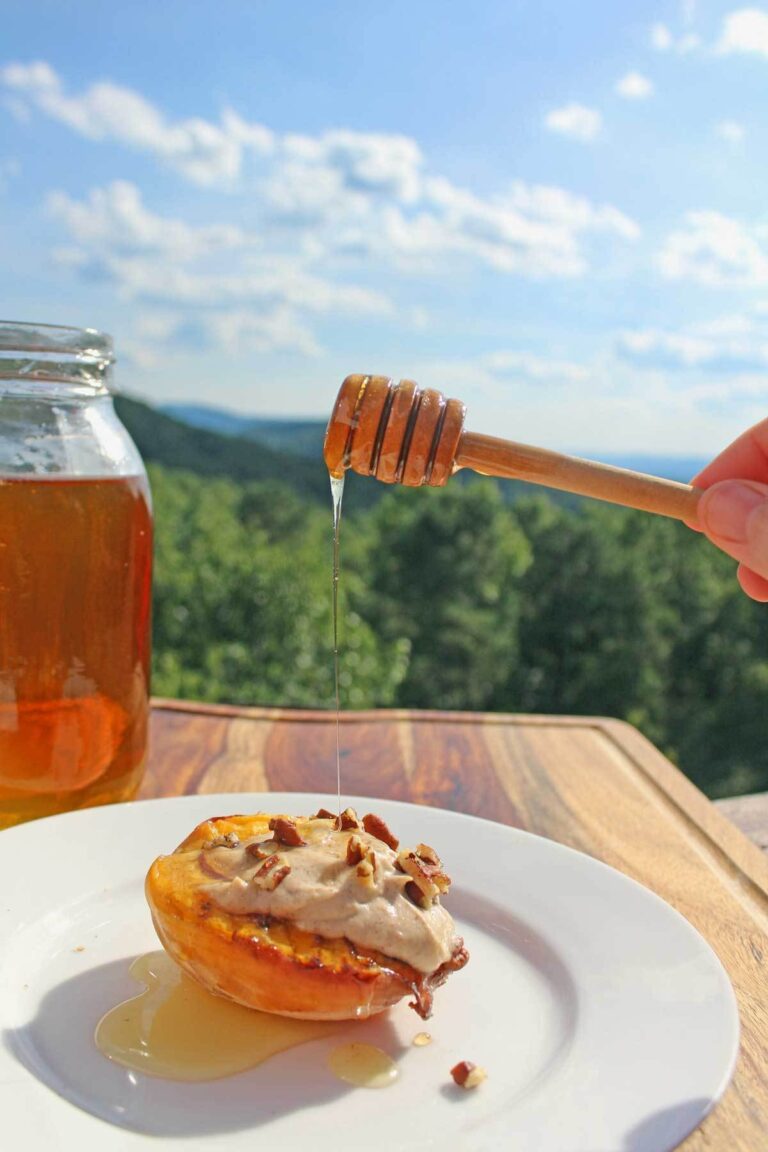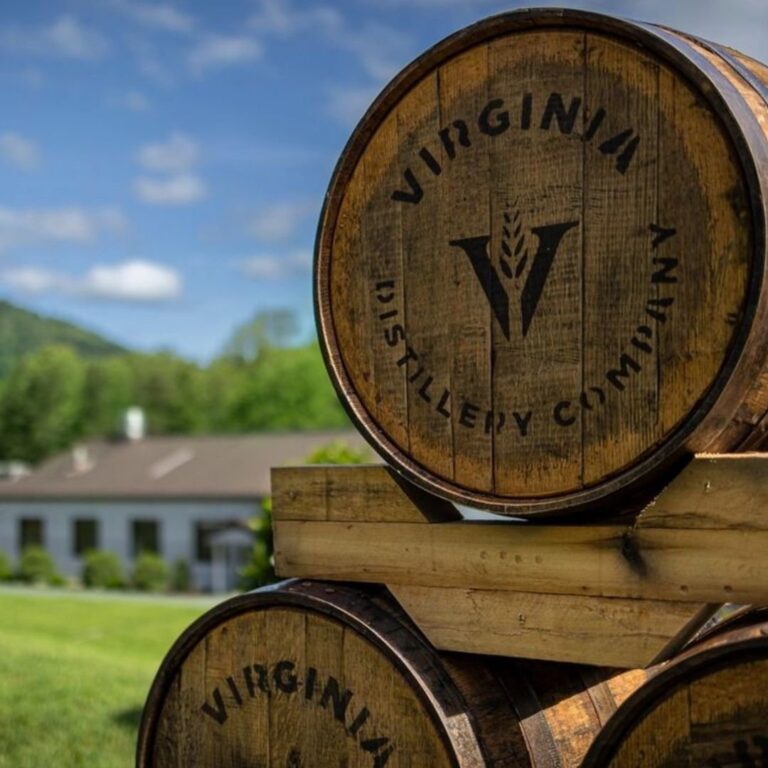Virginia Peanuts (In a Nutshell)
Image: Tom Herma
Whether you’re crunching the shells under your feet at the bar, digging into a bag during the ninth inning, or whipping up a classic PB&J, peanuts rank among America’s most iconic foods. Virginia has been a peanut hotspot since the 19th century, and gives its name to a variety celebrated as the “Cadillac of peanuts.”
An Early History of the Peanut
The legume (not actually a nut) that we know as the peanut is thought to hail originally from South America, perhaps Brazil or Peru. Some Inca burials include peanut jars, apparently for sustenance in the afterlife, and Brazilian tribes used ground peanuts to make alcohol. Peanut cultivation spread northward in pre-Columbian times, reaching Mexico before the Spanish colonization of the New World.
Trans-Atlantic trade brought the peanut to Spain as well as to Africa, and African slaves brought peanuts back to the Americas with them to plant in the southern U.S. A common American nickname for the legume, “goober” (or “goober pea”), stems from a Congolese word for peanut, nguba.
Virginia: A Peanut Paradise
Peanuts were first grown commercially in the Old Dominion in 1842 in Sussex County, though they’d been planted at a small scale earlier: In 1794, for example, Thomas Jefferson recorded cultivating 65 hills of “peendars”—what he called peanuts—in his Monticello gardens. In Virginia and elsewhere in the southeastern U.S., the crop was initially mostly used as subsistence food and as animal feed. Peanuts were a popular snack among soldiers during the Civil War, and by the late 1800s were being heartily munched on at circuses, fairs, and baseball games.
But it was the devastation of the South’s cotton crop by the boll weevil in the early 20th century—and the work of such agricultural scientists as George Washington Carver, who intensively researched the peanut at Tuskegee Institute and helped promote it as a commercial crop—that gave the “goober” its major boost.
Southeastern Virginia, whose sandy soils were perfect for goober-growing, reigned the peanut capital of the country for decades: The Western Tidewater—Virginia’s peanut heartland—accounted for fourteen of the 20 peanut factories in the U.S. in 1902. Now that’s peanut power!
Benjamin Hicks: Peanut Innovator
While George Washington Carver’s influence on large-scale peanut farming is widely known, a more obscure figure—also a Virginian—played a critical role. The Southhampton County African-American farmer Benjamin Hicks invented a gas-fueled machine that mechanized the stemming and cleaning of peanuts and thus transformed the industry.
Mr. Peanut’s Virginian Origin Story
The iconic top-hatted and monocled mascot of Planters, Mr. Peanut, is based on a winning sketch by a Virginian teenager, Antonio Gentile, who entered the company’s contest for creating an icon for the brand.
The Virginia Peanut
Of the four major commercial varieties of peanuts sold in the U.S., the crazily crunchy Virginia peanut offers up the biggest kernels: that above-mentioned “Cadillac” peanut, the go-to choice for roasted in-shell and boiled snacks. Along with such Commonwealth peanut-growing epicenters as Sussex and Suffolk counties, Virginia peanuts are also widely cultivated in the Carolinas.
Savoring the Cadillac of Peanuts
One time-honored and deliciously simple way to enjoy Virginia peanuts is as boiled peanuts, as signature a snack as you can find. Another classic Virginian peanut recipe—downright exotic to those outside the South—is peanuts and Coke: roasted, salted peanuts poured into a bottle of Coca-Cola and swigged down. Don’t knock it ‘til you try it!
According to Rick McDaniel’s exploration of the whole peanuts-and-Coke thing on Coca-Cola’s own website, the unusual but remarkably satisfying combo may have been struck upon back in the 1920s. He quotes John T. Edge, director of the Southern Foodways Alliance at the University of Mississippi’s Center for Southern Culture, who suggests the pairing “was likely born of country store commerce. Think of Coke and peanuts as a prototype fast-food for the 20th-century South.”
Virginia Peanut Farming
From the strip-tilling at Billie Bain’s Dinwiddie peanut farm that won him a Naturally Remarkable Planters Award—given out by Planters to honor sustainable farming practices—in 2011 to the crop rotation practiced by the fourth-generation peanut farmers behind Hope & Harmony Farms in Drewryville, sustainability’s an important part of Virginia’s goober industry.
You probably know of some Virginia Peanut Companies like Virginia Diner, Hubs, Feridies, and Whitleys to name a few. But did you know that Virginia is home to over 50 peanut companies? Holy peanuts!
So there you have it. The peanut is one of Virginia’s most well-known contributions to our country (even down to Mr. Peanut). Salty, savory, and the perfect thing to pair with a Coke, this quintessential Southern snack is truly a star.






